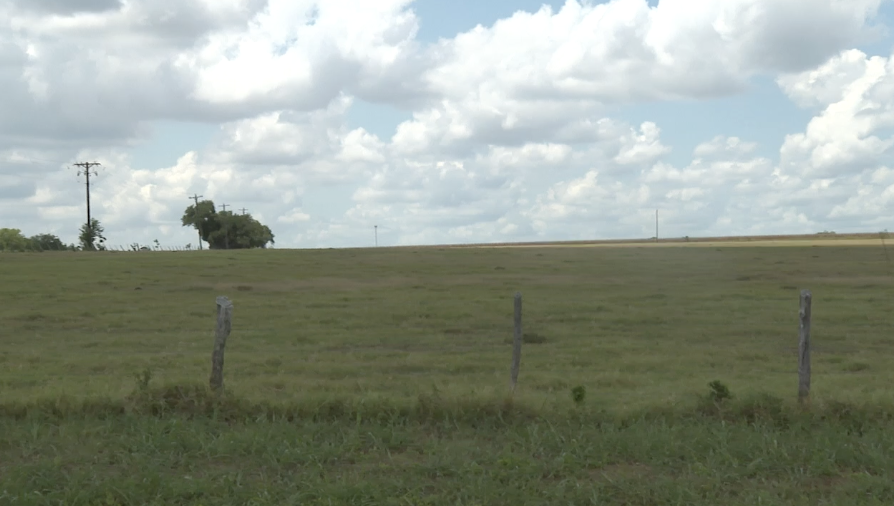COLLEGE STATION, Texas (KRHD) — Cattle ranchers at Texas A&M University's 71st Annual Beef Cattle Short Course discussed the current state of the beef industry, which represents more than half of Texas' total agricultural production.
Watch the full story here:
"We think about the ranchers and the value of their calf crops, right now it's about 3 times what it was just about 4 years ago," said Jason Cleere, professor and extension beef cattle specialist at Texas A&M AgriLife Extension.
The cattle business operates in cycles, and it's currently on an upward swing.
"So we are seeing a little bit of rebuilding phase, you know, ranchers are keeping replacement cattle to go back to be the reproductive unit to produce more calves to produce more beef," Cleere said.
The driving force behind the current market conditions is simple — supply and demand.

"From a rancher's perspective we're smiling because we are getting record calf prices, but those prices [are] because of a tremendous demand we're still seeing at the consumer level but a lower supply — prices have driven up," Cleere said.
The lower beef supply stems from recent droughts, the lag time in producing the next generation of cattle, and diminishing land.
"We're losing land resources when you think about urban sprawl, fragmentation of land…You know, valuable agricultural land, pull it out of production, so we're just, we've got lower cattle numbers because there's less land resources too," Cleere said.

This makes the work of researchers like Monte Rouquette increasingly important.
"My project is involved in evaluating forages as they fit into a sustainable grazing situation for cattle," said Monte Rouquette, Regent's Fellow and Professor at the Texas A&M AgriLife Overton Research Center.

Improving current ranching practices is a part of the big picture in addressing these challenges.
"The land we have for the cattle, we need to make sure that we have the right forages to make the production and that could be a native forage or could be an introduced forage as long as it fits the environment," Rouquette said.
Despite high beef prices, Cleere says the consumer demand remains strong both domestically and internationally even though those prices have crept up considerably.
Cleere tells 15 ABC that he expects the cattle supply increase to happen over the next 2 to 3 years, meaning consumers will likely see similar beef prices for at least another year or so.

This story was reported on-air by a journalist and has been converted to this platform with the assistance of AI. Our editorial team verifies all reporting on all platforms for fairness and accuracy.


